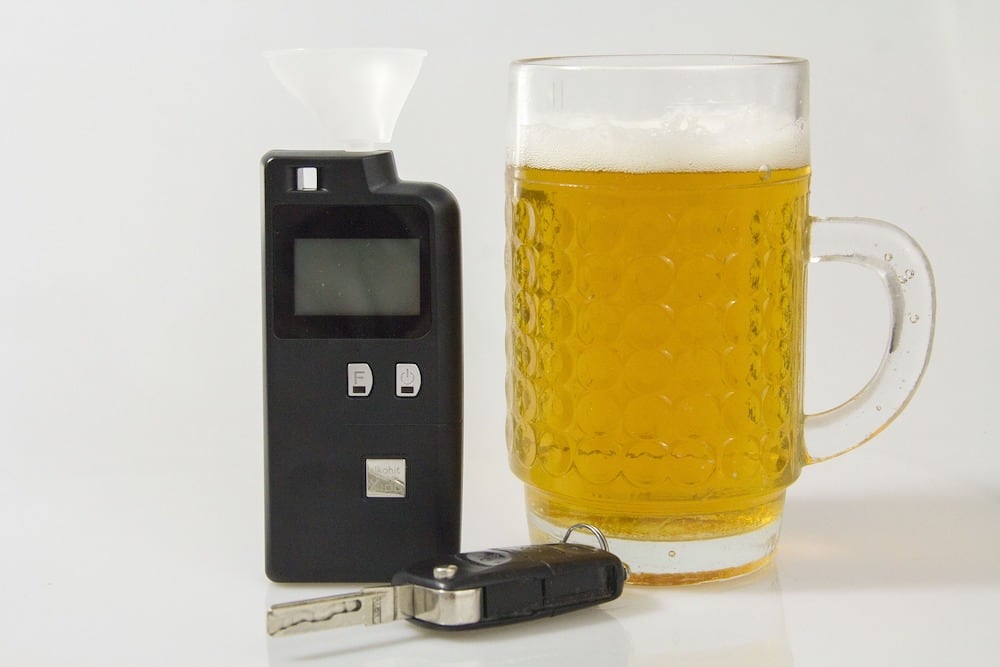Field sobriety tests are a series of physical and cognitive tests that law enforcement officers use to determine if a driver is impaired by drugs or alcohol. These tests are usually administered during a traffic stop or at a sobriety checkpoint. The driver’s performance on these tests can be used as a cause to arrest a person driving under the influence (DUI).
There are three common standardized field sobriety tests (SFSTs) that are recognized by the National Highway Traffic Safety Administration (NHTSA) as reliable indicators of impairment: the horizontal gaze nystagmus (HGN) test, the walk-and-turn test, and the one-leg stand test.
The HGN test involves an officer holding a pen or other object in front of the driver’s face and moving it from side to side. The officer will be observing the driver’s eyes for involuntary jerking or bouncing called nystagmus, which is a sign that the person has alcohol in their system. This test can be affected by medical conditions or other factors that may cause nystagmus in the eyes that are unrelated to intoxication.
The walk-and-turn test requires the driver to walk heel-to-toe along a straight line, turn around, and walk back in the opposite direction, all while counting each step out loud. The officer will be observing the driver’s ability to maintain balance, follow instructions, and complete the task correctly. Small mistakes including stepping off the line, losing count, not touching heel to toe or properly turning can result in the officer deeming that a person has failed the test. This test tests both balance and cognitive function. Like the HGN test factors not related to intoxication such as, back, hip, or knee problems, and neurological or inner ear problems can impact this test as well.
The one-leg stand test requires the driver to stand on one leg while raising the other foot six inches off the ground and counting to a specified number. The officer will be observing the driver’s balance, ability to follow instructions, and ability to complete the task correctly. This test also tests both balance and cognitive function but can be skewed by similar physical and neurological factors as described above.
It’s important to note that these tests are not foolproof, and even sober individuals can have difficulty performing them correctly. Additionally, certain medical conditions or physical impairments can make it difficult or impossible for some individuals to perform these tests, leading to inaccurate results. In addition to physical impairments the environment and clothing in which the tests are performed can have an impact on the reliability of the test. Performing the tests on a flat parking lot, free of debris and with painted lines can yield a far different result than performing the test on a gravel-littered side of the road with traffic whizzing by. Performing the tests in sneakers can also yield a different result than while wearing loose sandals.
If a driver fails one or more of these tests, the officer will likely arrest the person for DUI and request additional testing, such as a breathalyzer or blood test. While there is no requirement in Pennsylvania to perform the initial roadside field sobriety tests, anything but an unqualified agreement to take the subsequent post-arrest test of blood for breath is considered a refusal and will result in an additional year of license suspension for the driver. Drivers do not even have the right to speak with an attorney before deciding whether to take a post-arrest test of blood or breath nor do they have a right to choose which test to take.
It’s important for drivers to understand their rights and legal options when it comes to DUI arrests. The attorneys at Mudrick & Zucker are happy to talk with you about DUI.


